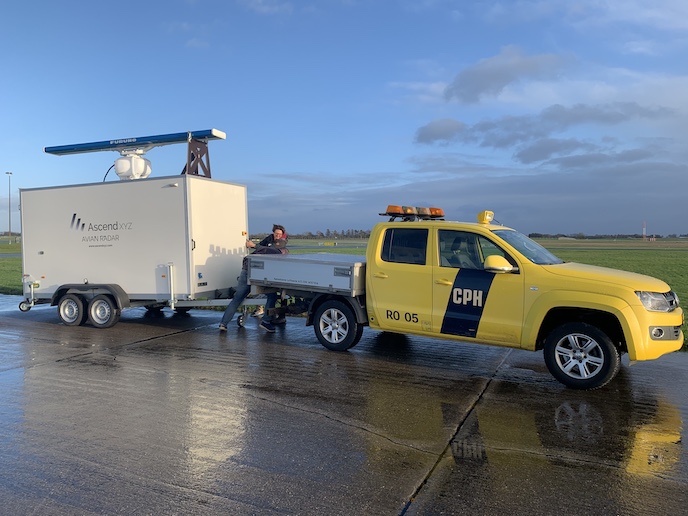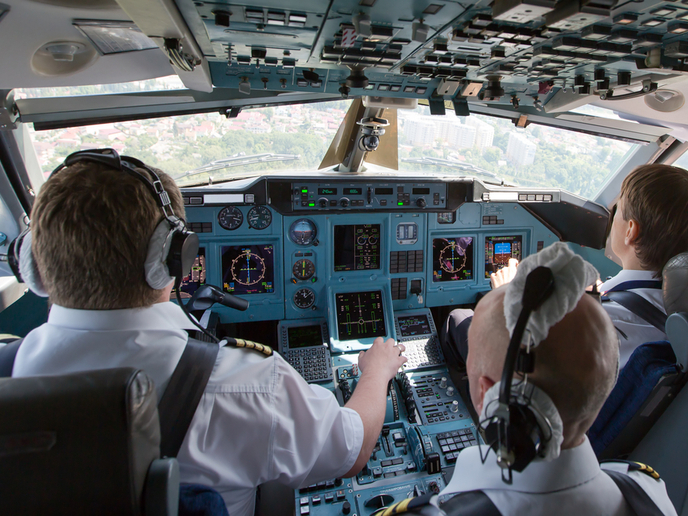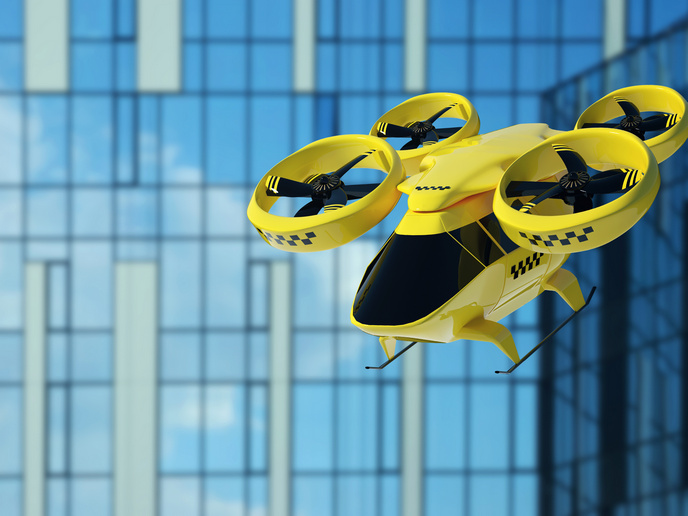Bird forecasts to make air travel safer
Collisions between birds and aircraft are a regular occurrence and come at a high cost to wildlife, passengers and airlines. While these accidents are usually fatal for the birds and occasionally involve human casualties, bird strikes also have a major impact on airline profitability. According to estimates, total annual costs could reach over USD 1 billion. The EU-funded AARN project offers a solution reducing this risk and the associated costs by creating a network of bird radars and making real-time and bird activity forecasts available to airports, pilots and airlines. “Radar systems in airports measure bird activity and use historical data in combination with weather and other local bird registration data to accurately predict bird activity 24 hours ahead,” says Peter Hemmingsen, CEO of project host AscendXYZ. “The information enables airlines to identify high and low bird hazard periods and take mitigating measures.” As 92 % of all bird strikes occur below 3 000 feet, these measures relate to take-off and landing. Mitigating action pilots can take include using this information in briefings to prepare for a strike event, considering take-off or approach in the opposite direction, or increasing the climb gradient to outclimb high-risk areas. The bird activity forecast information made available through the project also enables airlines to take bird activity into account when planning routes and selecting schedules.
Filling a gap in the market
No solution currently exists to support airlines in the management of bird strikes: since airports are legally responsible for mitigating the risk in the airport area, all solutions on the market are designed to match their needs. The AARN team hopes to turn this situation around with its airline-centric approach. Their solution includes an application for pilots and an airline planning application as well as APIs for integration with electronic flight bag solutions. The technology was initially developed with the support of the European Space Agency. The EU funding has enabled the project team to get it market-ready. “Our solution has been tested, and we are seeing an operational effect resulting in a reduced number of bird strikes,” Hemmingsen notes. AscendXYZ is now able to offer the fully developed radar network solution to clients. “We are in the process of signing up airline users while integrating additional existing airport avian radar systems in order to increase the number of airports where the service can be offered.”
Saving two birds with one stone
During the development process, the project team identified a new use for the bird activity prediction service that could provide additional benefits to both airlines and wildlife. Hemmingsen explains: “By identifying periods where bird strike risk is low, we can enable airlines to fly at the most economical speed, resulting in massive savings on fuel and CO2. The solution will provide increased flight safety and simultaneously reduce fuel burn, emissions and, subsequently, cost.”
Keywords
AARN, bird strikes, bird radars, bird registration, airline profitability







